The best age for newborn circumcision is 1-6 weeks when a newborn is born full term. We discussed our audit about the outcome of infant circumcision at our Circumcision clinic.
Cultural, religious, and personal beliefs that have influenced non-therapeutic male infant circumcision (IMC). Without national medical guidelines, parents and doctors often make decisions regarding the timing of this procedure based on various factors. At the Circumcision Centre, we have undertaken a review to shed light on the optimal age for male children's circumcision. This blog will examine the audit conducted at our circumcision clinic, focusing on using Plastibell and Circumplast devices. We will discuss the findings suggesting infant male circumcision (IMC) is most successful when performed before a child reaches six months. The ideal age of newborn circumcision is 1-6 weeks.
The Study
Over one year, from May 2014 to April 2015, the London Circumcision Centre meticulously reviewed 1,387 infant male circumcisions. These circumcisions were performed under local anaesthesia using the Plastibell and Circumplast devices. Data was collected prospectively, allowing for a careful examination of early postoperative complications in two age groups: children under six months of age (Group A) and those aged 6 to 110 months (Group B). Follow-up consultations were scheduled to monitor the healing process and address any concerns.
Results
The study revealed some findings that have significant implications for the best age of children's circumcision:
1. Mean Age: The average age for circumcisions in Group A was 1.6 months (with a median of 1.1 months), whereas in Group B, it was 38 months (with a median of 29 months).
2. Complication Rates: Perhaps the most striking discovery was the substantial difference in complication rates between the two age groups. In Group A, where circumcisions were performed on children under six months, complications occurred in only 7.1% of cases (74 out of 1,038). In contrast, Group B, comprising older children, experienced a significantly higher complication rate of 26.7% (93 out of 349). The statistical analysis revealed that this difference was highly significant (p<0.5).
3. Ring Impaction/Migration: The complication associated with IMC, ring impaction or migration, was much less common in Group A, with only 2.6% of cases experiencing this issue. In contrast, Group B had a significantly higher incidence of 23% (27 out of 81) encountering ring impaction/migration (p<0.5). Circumcision with Circumplast device has no migration in IMC.
4. Postoperative Antibiotics: The use of antibiotics after the procedure was somewhat lower in Group A (4.3%) compared to Group B (6.9%). However, statistical analysis did not reveal a significant difference in this aspect.
5. Follow-Up: Group A required significantly less follow-up (25%) than Group B (52%), indicating that younger patients tended to have a smoother postoperative course. The mean follow-up period was also notably longer for Group A at 24 days compared to 14 days for Group B.
Conclusion
This audit at the Circumcision Centre concluded the best age for non-therapeutic male children circumcision. The key takeaway from this research is clear: the incidence of complications associated with IMC is significantly lower when performed on children under six months of age.
These findings provide valuable guidance for parents and doctors considering IMC. Cultural, religious, and personal beliefs will always play a role in the decision-making of GP clinics using Plastibell and Circumplast devices. Circumplast devices have fewer complications than Plastibell devices, especially migrations.
P.S. This study was presented to European Society of Paediatric Urologists at the 27th ESPU Congress - Harrogate, England, UK
We have made a few changes in our practice after this study
We use Circumplast devices rather than Plastibell in infant male Circumcision
We stop using the “ring method” in children older than five years of age
The best age for newborn circumcision is between 1 to 6 weeks under local anaesthesia
Baby Circumcision Guideline before the operation at London Circumcision Centre





